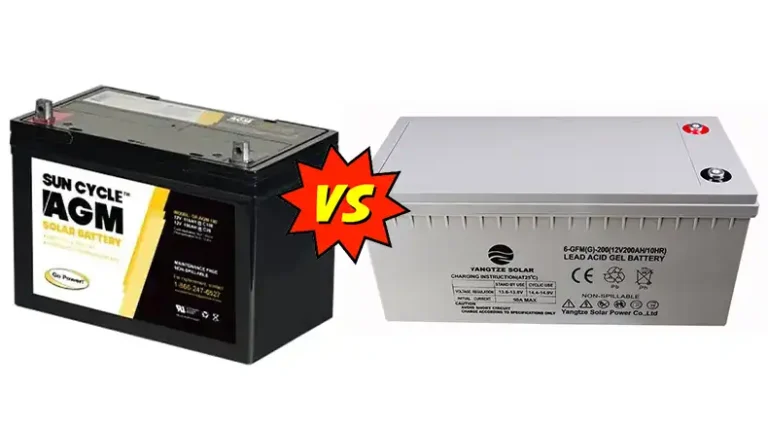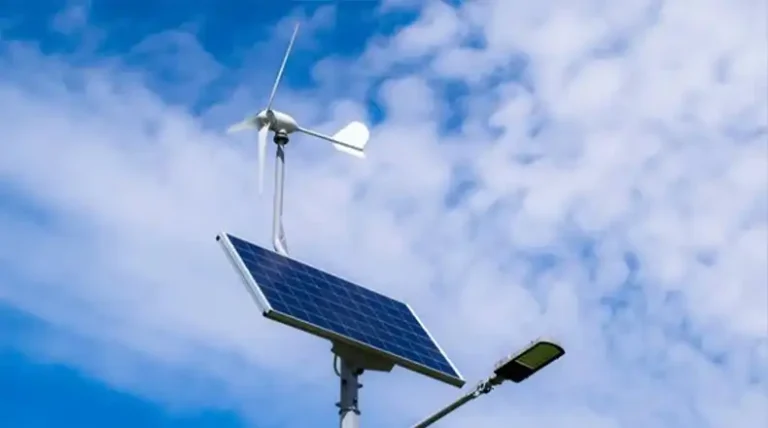What Happens If Your Solar Charge Controller Is Too Big?
In a solar power system, the charge controller plays a crucial role in regulating the flow of electricity from the solar panels to the battery bank. It ensures that the batteries are charged efficiently and prevents overcharging, which can damage the batteries and reduce their lifespan. However, many solar system owners make the mistake of choosing a charge controller that is too large for their setup, thinking that bigger is better. But in reality, using an oversized solar charge controller can have detrimental effects on your system’s performance and cost-effectiveness. Let’s explore what happens when your solar charge controller is too big and why proper sizing is essential.
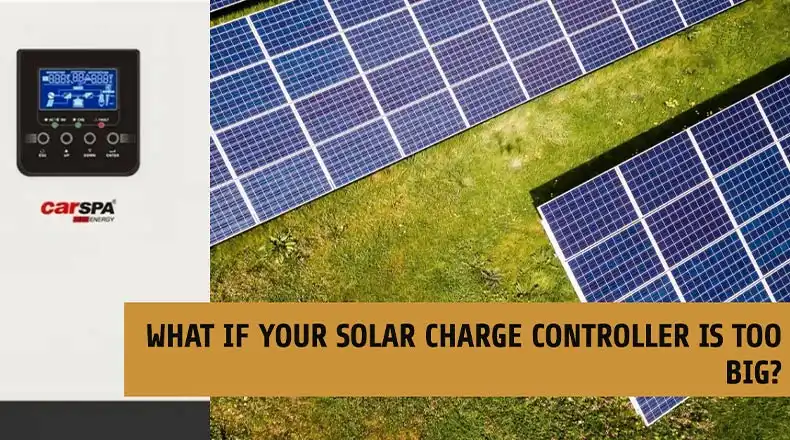
How to Figure Out the Appropriate Size for Your Solar Charge Controller
Before we dive into the potential issues, it’s important to understand how to determine the appropriate size for your solar charge controller. The sizing process involves considering several key factors:
- Solar panel array wattage and current output: The charge controller must be able to handle the maximum current produced by your solar panels.
- Battery bank voltage, capacity, and chemistry: Different battery types (e.g., lead-acid, lithium-ion) and voltages (12V, 24V, 48V) have specific charging requirements.
- System voltage: Your charge controller’s voltage rating should match your system’s voltage to ensure efficient energy transfer.
What Happens If the Charge Controller Is Too Big
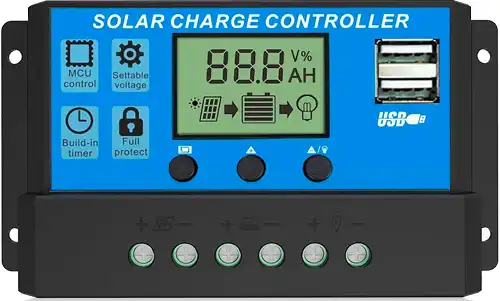
Oversizing a charge controller can lead to various consequences, including overcharging, inefficient energy transfer, wiring and compatibility issues, and unnecessary expenses.
Overcharging and Battery Damage
One of the most significant risks of using an oversized solar charge controller is the potential for overcharging the battery bank. Even if your solar panel output is relatively low, an oversized controller may still attempt to force more current into the batteries than they can safely handle.
Overcharging can have severe effects on battery lifespan and performance:
Overheating and thermal degradation: Excessive charging can cause the batteries to overheat, leading to accelerated degradation and potential safety hazards.
Reduced capacity and efficiency: Overcharging can damage the internal structure of the batteries, resulting in decreased capacity and overall efficiency.
Gas emissions and safety hazards: Overcharging can cause some battery types to release flammable gases, creating a potential fire or explosion risk.
In a real-world example, a solar system owner installed a 50A charge controller for a 10A solar panel array, thinking it would allow for future expansion. However, even with the smaller solar panel output, the oversized controller continuously overcharged the batteries, leading to premature failure and the need for frequent replacements.
Inefficient Energy Transfer and Power Losses
Even if overcharging is not an issue, using an oversized solar charge controller can result in inefficient energy transfer and power losses. Many charge controllers are designed to operate most efficiently within a specific power range, and oversizing can lead to suboptimal performance at lower power loads.
This inefficiency translates into wasted energy and reduced overall system efficiency, ultimately impacting energy production and cost-effectiveness. Additionally, the higher current rating of an oversized controller may require thicker and more expensive wiring, further increasing the overall cost.
Wiring and Compatibility Issues
Speaking of wiring, an oversized solar charge controller can also create compatibility problems with other system components. Since the controller is rated for higher current levels, it may be challenging to find properly sized fuses, cables, and connectors that can safely handle the increased current capacity.
Using undersized wiring or components can lead to potential safety hazards, such as overheating or fire risks. Additionally, an oversized controller may not be compatible with certain system configurations or components, leading to further complications and potential performance issues.
Cost Considerations
While it may seem counterintuitive, choosing an oversized solar charge controller can actually be more expensive in the long run. Not only is the initial cost of the oversized controller higher, but the potential for battery damage, inefficient energy transfer, and compatibility issues can further increase the overall cost of ownership.
By selecting the appropriately sized charge controller, you can save money upfront and maximize the return on investment (ROI) of your solar system. Proper sizing ensures efficient energy transfer, prolonged battery life, and reduced maintenance costs.
How to Select the Right Charge Controller Size
To avoid the pitfalls of an oversized charge controller, it’s essential to follow guidelines for calculating the appropriate size for your solar setup. Here’s a simple method:
- Multiply the voltage by the current output from your solar panels to determine the maximum power output.
- Divide the maximum power output by the battery bank voltage to find the required charge controller amperage rating.
- Consider adding a safety margin (usually 25%) to account for future system expansion or fluctuations in solar output.
For example, if you have a 24V solar panel array with a maximum output of 20A and a 24V battery bank, your calculation would be:
- 20A x 24V = 480W maximum power output
- 480W / 24V = 20A required charge controller rating
- With a 25% safety margin, you would need a 25A charge controller.
Additionally, consider the appropriate type of charge controller (PWM vs. MPPT) based on your system’s voltage and efficiency requirements.
Alternative Solutions and Future Expansion
If you anticipate expanding your solar system in the future, there are alternative solutions to using an oversized charge controller:
- Using multiple smaller controllers in parallel: Some solar systems support the use of multiple charge controllers connected in parallel, allowing for easy expansion without oversizing.
- Upgrading or expanding the solar panel array: Instead of oversizing the charge controller, you can plan for future expansion by increasing the number of solar panels and upgrading other components accordingly.
- Implementing charge controller bypass mechanisms: Some advanced charge controllers include bypass circuits that allow excess solar power to be diverted or used for other purposes, rather than forcing it into the batteries.
Key Takeaways
Using an oversized solar charge controller can have detrimental effects on your solar power system, including overcharging and battery damage, inefficient energy transfer, wiring and compatibility issues, and unnecessary expenses. Proper sizing is essential for optimal battery health, system efficiency, and cost-effectiveness.
Remember these key takeaways:
- Understand the factors that determine charge controller sizing, such as solar panel output, battery voltage, and system voltage.
- Calculate the appropriate charge controller size based on your system’s specifications, allowing for future expansion and safety margins.
- Consider alternative solutions for future growth, such as using multiple smaller controllers or upgrading the solar panel array.
- Follow installation and configuration best practices to ensure proper operation and safety.
By selecting the right-sized solar charge controller and implementing proper installation and configuration, you can maximize the performance and longevity of your solar power system while minimizing unnecessary costs and potential issues.

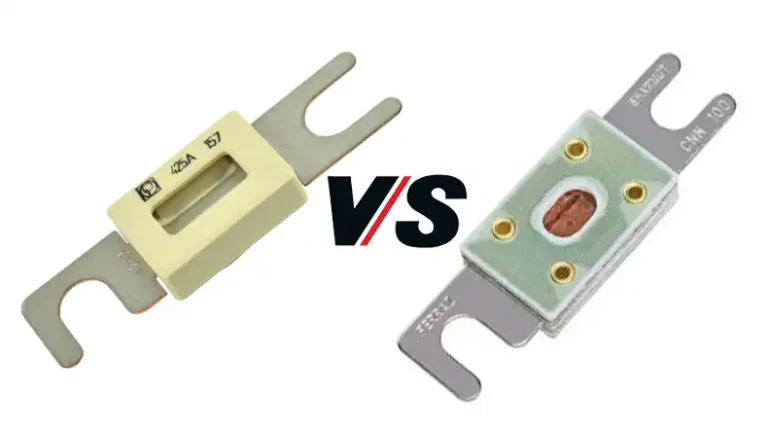
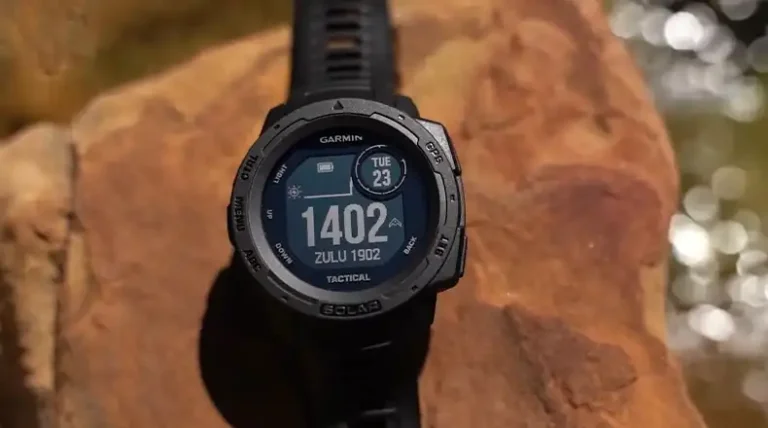
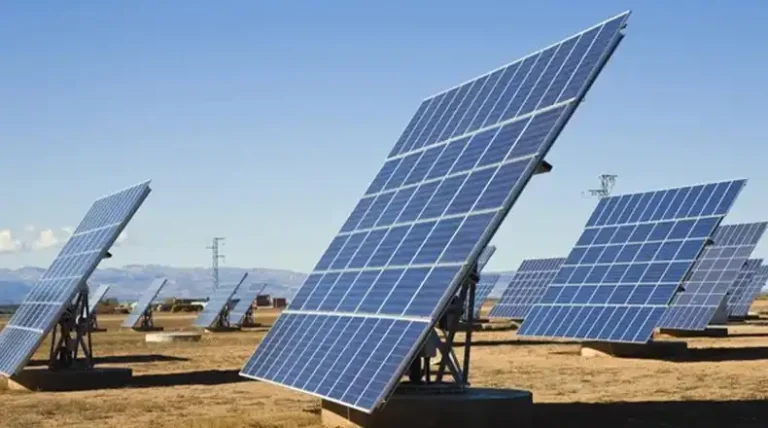
![[ANSWERED] What Size Charge Controller for 1200W Solar Panel?](https://www.itekenergy.com/wp-content/uploads/2023/07/What-Size-Charge-Controller-for-1200W-Solar-Panel-768x428.webp)
